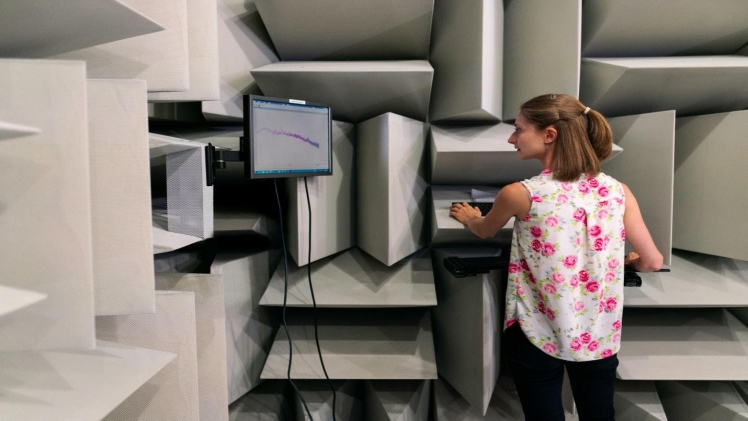The global corona plague has raised the importance of developing intelligent medical devices based on computer embedded systems (Embedded Systems). These help to better assess patients ‘medical condition, identify symptoms, provide remote medical service and monitor patients’ condition. At the same time, the field of computer embedded systems presents higher development costs and risks, which many startups shy away from. With the right tools and methodology, it is possible to strengthen this field and achieve beautiful results with groundbreaking and significant technologies.
What Are The Challenges In Developing Embedded Computer Systems?
As I mentioned, many startups shy away from computer-embedded systems development projects, and for a good reason. By their very nature, these projects are more complex because they include both software components and hardware components. The hardware component micromanages the project, as it requires the purchase of hardware equipment, development licenses, and hardware development equipment. The cost is not only on the details of the device itself but also on the equipment purchased for development purposes. These are sometimes costs of tens of thousands of dollars. There is a very high risk in these projects, as one mistake in choosing hardware means a lot of money wasted and delays of weeks to months during the project.
If this is not enough, then there is a real difficulty in recruiting experts for development projects of computer embedded systems, as these must have multidisciplinary knowledge, which includes application development, cloud development, embedded software development of the computer in the devices themselves, digital hardware development, hardware development, firmware And more. Most development experts come mainly from the software field. When the entire market also suffers from a massive shortage of high-tech workers (more than 18,000 according to the Innovation Authority and Start-Up Nation Central), the lack of computer-embedded systems experts is even more acute.
It is important to note, whether it is the development of intelligent medical equipment, home appliances, irrigation system, or monitoring device for electrical networks, because entrepreneurs and developers, who come from a software development background, cloud, or another technological background, may not correctly assess the challenge and risks.
Why Is It Important To Pay Attention To The Way From The Demo Version To The Product Itself?
Entrepreneurs and developers who are embarking on a computer-embedded system development project should consider that the road from the demo version to the final product is longer and more branched than it seems. An entrepreneur who starts with a good idea can quickly get to the demo version with shelf kits and an app that works relatively well on a smartphone or web page. This is because a demo-level product is not designed. The parts in it are improvised. It is not always connected to electricity or battery correctly. No reference to heat or power resistance, and user interfaces do not exist.
Reaching the product itself requires product expertise and perception. Product development involves the development of electronics and not just software, selection of appropriate devices, adjustment of circuits, compliance with medical or other standards, such as a standard of compliance with changing weather conditions, and a device for a smart city more.
In addition, one needs to consider how to ultimately produce the product and arrive at a reasonable production cost. If it is a consumer product, it is essential to check how much the consumer will pay for it. Equally, suppose it is an institutional device for hospitals or municipalities. In that case, it is essential to find out if there is a demand for the device and if these customers will meet its procurement expenses.
Ultimately, this is an actual product that will be manufactured in a factory and will have inventory. It will be necessary to produce it efficiently, store it, ship it, and allow returns in case of a defect. A startup company that intends to develop a computer-embedded system must focus on these aspects, perform accurate market analysis, perform in-depth cost planning and work on suitable models. Poor planning can lead to insufficient funding for a project or creating an overpriced product that no one might want to purchase. Here you can more know about services https://diceus.com/industry/insurance/.

